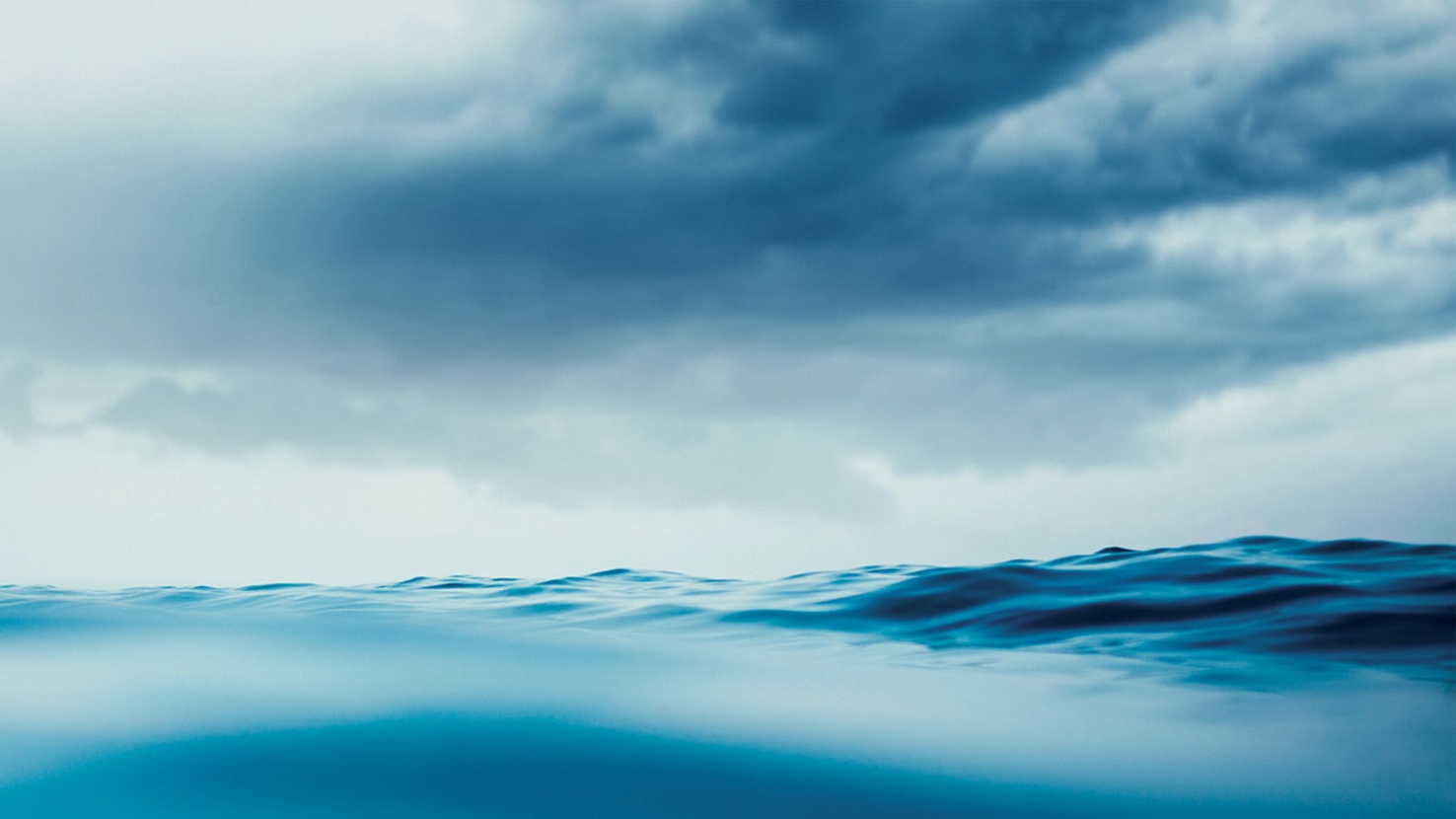New radar technology aims to save lives in the Mediterranean Sea
The RANGER project develops new kinds of radar technology to assist with sea surveillance and rescue.

News 1.2.2018
In recent years, increased flows of refugees from Europe across the Mediterranean Sea have begun to appear in news headlines. Besides growth in illegal immigration, the trafficking of drugs increases the pressure on sea surveillance in countries around the Mediterranean. Help with this problem comes from the RANGER project, funded by the European Union’s Horizon 2020 programme, in which Laurea is participating.
Enabling sea surveillance resources for more effective use
The premise of the RANGER project is technology that enables the identification of vessels from much farther away than before. Traditionally, radars see only to the horizon, in practice a few dozen nautical miles away, which has made surveillance of the entire Mediterranean region a challenge. This new technology helps enhance surveillance and speeds up search and rescue operations.
The RANGER project includes 10 project partners from six different countries. The goal is to pilot new radar technology and also develop solutions that include machine learning and integration with existing sea and border control systems.
- The project’s fundamental objective is, of course, to save lives, says Tuomas Tammilehto, who acts as the project manager at Laurea.
- At the moment, the Mediterranean is, quite frankly, a mass grave where thousands of people have drowned in recent years. No one even knows the exact figure, it can only be estimated.
The same new solutions can also manage to reduce the costs of sea surveillance. Since the current surveillance vessels have a limited radar range, vessels must patrol an extensive area to obtain an overall picture of the traffic. The new radar system could help send patrols more effectively to the areas where they are needed.
- Of course, a radar alone will not save lives or catch drug smugglers, but it would provide an extremely valuable tool for border control and sea rescue operations, Tammilehto continues.
Laurea acts as researcher and facilitator
In the RANGER project, Laurea is responsible for the implementation of two work packages. The first one includes the preparation of a “compliance framework”. It ensures that the whole project complies with all necessary laws and guidelines and is otherwise constructed on an ethically sustainable foundation.
- In this work, we started with human rights, people’s legal security and matters concerning privacy, and we always end up in affairs concerning environmental protection, which affects the placement of radar systems, for example, project manager Tammilehto describes.
In the second work package, Laurea has been responsible for ensuring that the new radar system is compatible with different existing information-sharing systems pertaining to border security and sea surveillance.
- In practice, besides the research, one of the most important things Laurea has done is to chart different user perspectives: what do potential end users wish and require from the system? We have done this work, for instance, in different workshops with various operators, Tammilehto says.
Indeed, Tammilehto describes Laurea’s role as a kind of interpreter. On the one hand, you have end users who look at the matter from their own, practical perspective; and on the other hand, you have engineers who develop the technology.
- This is precisely where Laurea’s strength lies, as we act as a facilitator between different operators, he sums up.
At Laurea, the project has also included students from the Ethical Management and Leadership Master degree programme, who have studied the threats and opportunities in the development of new technology in the form of “social impact assessment”.
The next step in the RANGER project comprises pilot projects, with the first one to be implemented on the island of Crete in Greece spring 2018.
This article was originally published in Laurea Forerunner Magazine 1/2018. You can read the magazine here.
More information:
- Tuomas Tammilehto
- RDI Specialist
- Tuomas.Tammilehto@laurea.fi
- Tel (09) 8868 7155